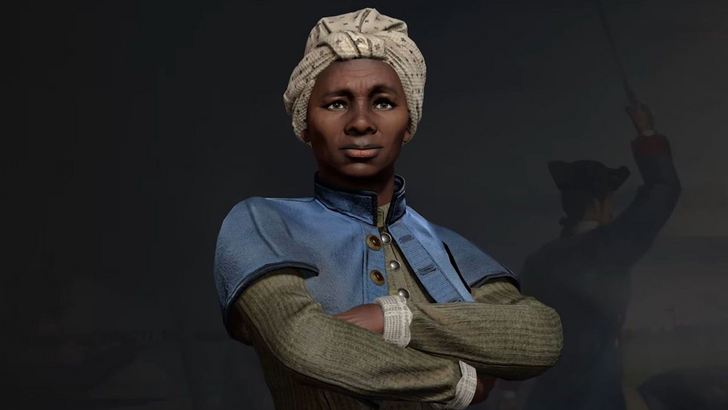
Civilization's leaders are as iconic as the civilizations themselves. Firaxis' approach to selecting national representatives has evolved significantly over the years. This exploration delves into Civilization VII's leader roster and how it redefines leadership throughout the series' history.
← Return to Sid Meier's Civilization VII main article
Civ VII: A New Era of Leadership

Civ leaders have been integral to the series since its inception, shaping its core identity. Each leader embodies their civilization's essence, playing a crucial role in gameplay. While consistently important, the portrayal of leaders has diversified across each installment, refining the concept of leadership and its impact on the game.
This analysis examines Civilization's leader roster evolution, highlighting changes in each iteration and how Civilization VII presents a unique leadership paradigm.
Early Civ: A Focus on Global Powerhouses

The original Civilization featured a simpler roster compared to later games. Most represented the global superpowers and historical figures of the early 1990s and antiquity. With limited design scope and technology, the game included 15 civilizations, including America, Rome, Greece, Japan, China, France, Egypt, and Russia. Leadership was straightforward – leaders were historical heads of state. The selection prioritized widely recognized figures.
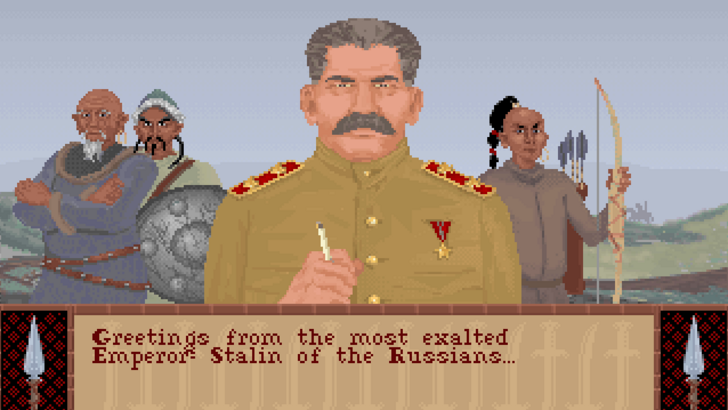
This resulted in leaders like Abraham Lincoln, Tokugawa Ieyasu, Mahatma Gandhi, and Julius Caesar, alongside more controversial choices like Mao Zedong and Joseph Stalin. Elizabeth I was the sole female leader. This approach, while understandable for its time, paved the way for future innovations starting with Civilization II.
Civ II Through V: Expanding Diversity and Creativity
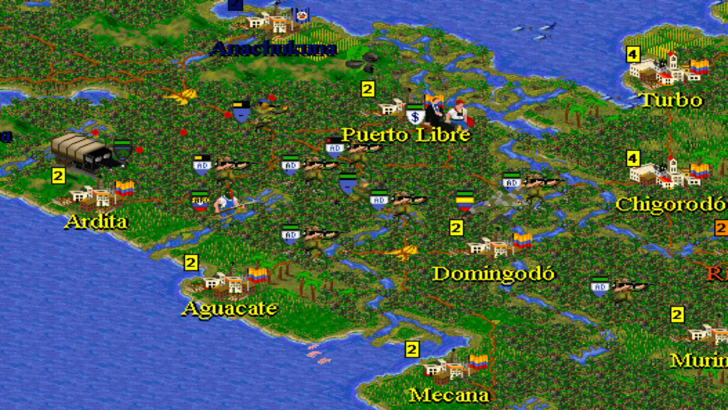
Civilization II expanded the leader roster and included lesser-known powers like the Sioux. Significantly, it introduced a separate female leader roster, providing both male and female options for each civilization. The definition of "leader" broadened to include pivotal figures beyond heads of state, such as Sacagawea for the Sioux and Amaterasu for Japan.
Civ III integrated female leaders into the main roster, featuring six in total. Some replaced historically dominant male counterparts (e.g., Joan of Arc replacing Napoleon).
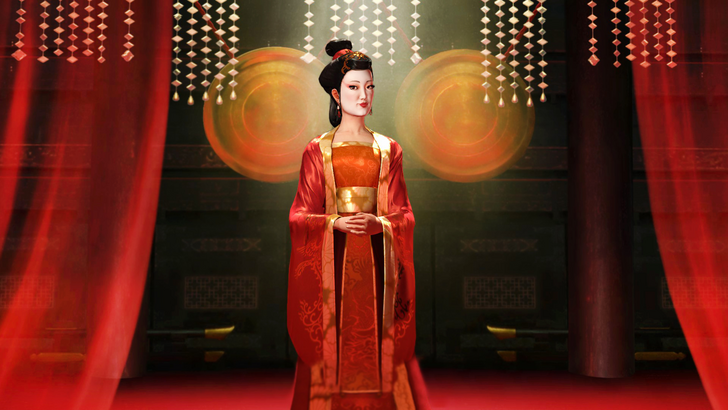
Civ IV and Civ V further expanded the roster and the definition of leadership. Revolutionaries, generals, and reformers became common. Traditional figureheads were replaced or doubled, exemplified by Wu Zetian replacing Mao Zedong in China and both Victoria I and Elizabeth I representing England. The focus shifted from solely prominent figures to a broader representation of humanity.
Civ VI: Enhanced Characterization and Diversity
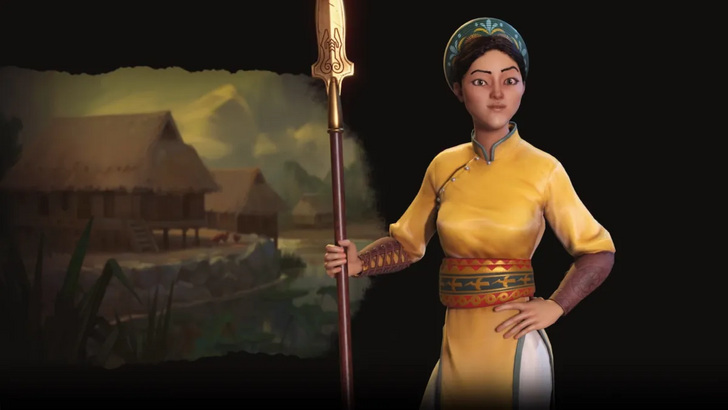
Civilization VI significantly enhanced characterization, diversity, and creativity, presenting leaders as stylized animated caricatures. Leader Personas – alternative versions emphasizing different aspects of a leader's personality – were introduced, offering diverse playstyles. Lesser-known figures from less prominent civilizations were included, such as Lautaro of the Mapuche and Bà Triệu of Vietnam.
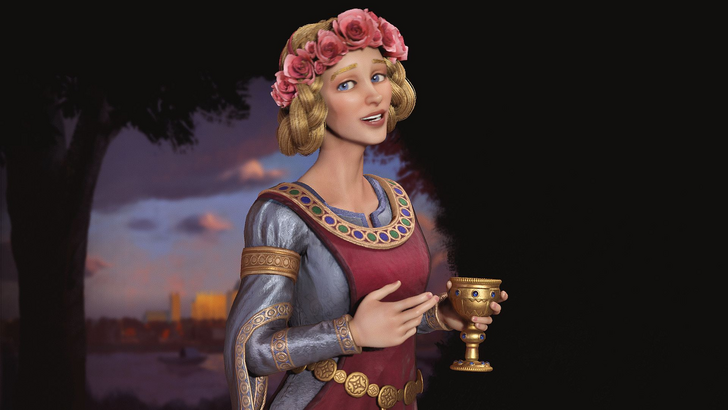
Leaders were defined by specific chapters of their lives, foreshadowing Civ VII's approach. Leaders like Eleanor of Aquitaine and Kublai Khan could lead multiple civilizations. Multiple leader options for single civilizations (e.g., America, China) became common. Leader Personas further diversified gameplay options.
Civ VII: A Fresh Perspective on Leadership
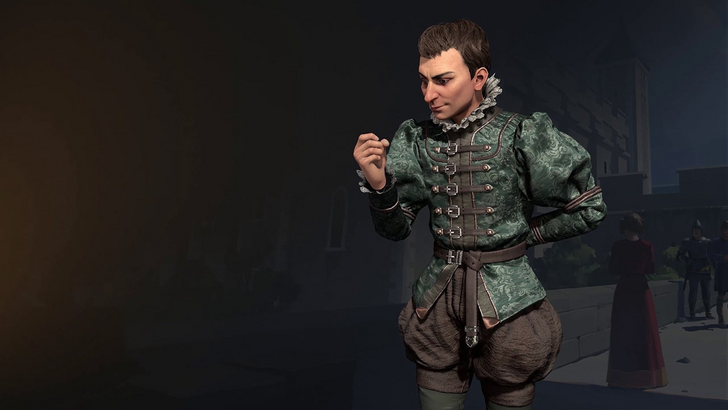
Civilization VII showcases the most diverse and creative leader roster yet. It utilizes a mix-and-match approach, freeing leaders from single historical affiliations. Harriet Tubman, the American abolitionist, is a prime example, filling a unique spymaster role.

Other notable additions include Niccolò Machiavelli and José Rizal, representing a departure from traditional head-of-state leaders. Over almost 30 years, Civilization's focus has evolved from solely powerful figures to a diverse representation of influential individuals, showcasing a broader narrative of humanity.
← Return to Sid Meier's Civilization VII main article
Sid Meier's Civilization VII Similar Games













 LATEST ARTICLES
LATEST ARTICLES 











